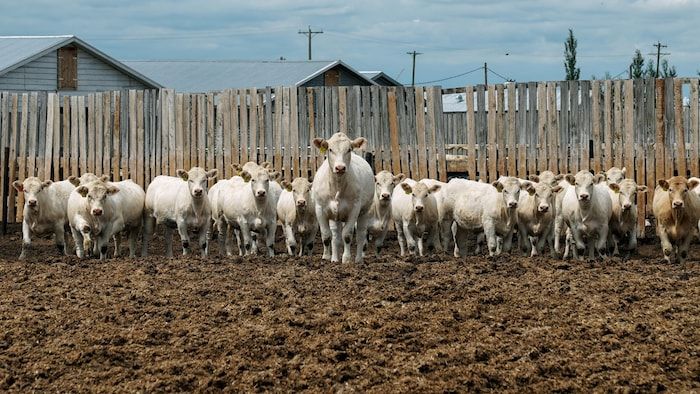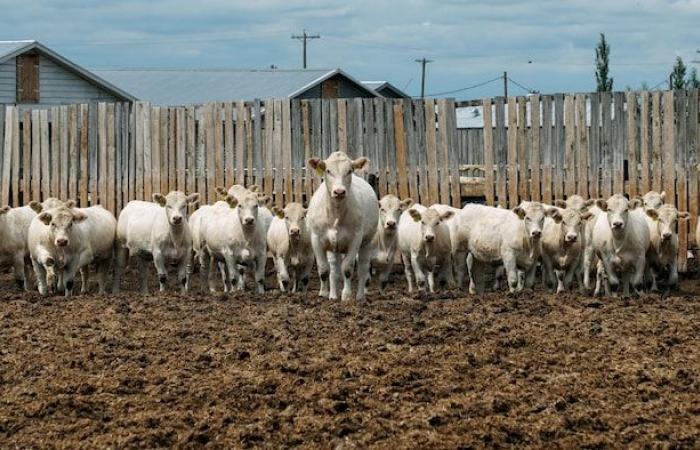Beef prices have reached a record level in the country and particularly in Alberta, both in supermarkets and on ranches. This is what emerges from the latest data from Statistics Canada published last week.
The cost of ground beef, slices and roasts continued to rise this year, reaching historic levels on grocery store shelves.
Jim Jacksonowner of Cut Rite Meatsa Calgary meat business, says beef prices have risen faster than pork and chicken prices, so much so that some of its customers have reduced their orders.
I’ve been working here for a while and this is probably the highest prices I’ve ever seen.
Open in full screen mode
Jim Jackson, owner of a Calgary meat business, says some of his customers have had to reduce their orders because of the prices.
Photo : - / Kyle Bakx/CBC
From $20 to $32 in 1 year
Retail prices have followed rising livestock values, which have reached record levels this year.
A kilogram of ground beef sold on average for about $13 in September, compared to $11.69 a year earlier, and about $9 five years ago.
Beef striploin cuts topped $32 per kilogram in September, after selling for around $20 in December 2023.
In Alberta, cattle prices increased 7.6% in September compared to the same month in 2023, reaching $236.08 per hundredweight.
Five years ago, slaughtered cattle sold for about $130 per hundredweight.
We reached record prices
notes Brenna Grant, general manager of Canfax, a Canadian beef statistics company based in Calgary.
Some feeder cattle are selling for 21% more than last year, she says, while average cattle prices are up 45 to 65% from the five-year average.
Open in full screen mode
Some feeder cattle are selling for 21 per cent more than last year, says Brenna Grant, general manager of a Calgary-based beef statistics company.
Photo : - / Kyle Bakx/CBC
Decrease in livestock
The number of cattle in the country has declined in recent years as many livestock producers have faced increasing expenses, such as the cost of animal feed, due to drought.
Cattle numbers have never been this low since 1987.
Beef is a complex raw material, because no one can influence the supply in the short term
analyse Ellen Goddardagricultural economist and professor emeritus at the University of Alberta.
Prairie cow-calf farmers largely decide how many cows they will keep in their herd, which determines how many calves they will have, and what determines the beef supply two and a half years later. late. There is therefore a long biological lag in production
she explains.

Open in full screen mode
Cattle numbers have never been this low since 1987. (Archive photo)
Photo: - / Axel Tardieu
Weak supply
The decline in cattle numbers has resulted in a decline in the amount of beef available on store shelves, as noted Kevin Grierlivestock market analyst.
The sector is in the midst of liquidation and, as a result, supply is lower and, unsurprisingly, prices are higher.
Some ranchers are wondering whether they should expand their herds again because their profit margins have improved.
Strong demand from North American consumers for grilled meat slices and ground meat is also contributing to rising prices.
Beef cuts continue to sell, even at record prices, because they are often considered the best and most desirable quality of meat, according to the professor Ellen Goddard.
Overall, food prices at grocery stores have increased by 2.7% over the past 12 months, according to Statistics Canada.
With information from Kyle Bakx








